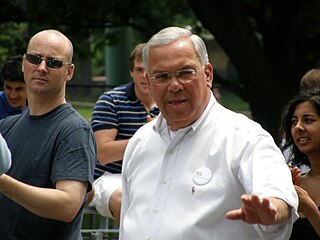In case you missed it, in part three of the Boston Globe’s Spotlight Team series on the Boston cab industry we learned that Globe staff member Bob Hohler got in an accident while driving a taxi in the course of his reporting:
Before his stint behind the wheel ends, the reporter will see what it means to be cheated by a taxi company and his passengers. And he will survive a harrowing crash — a not-uncommon occupational hazard — after a motorist runs a red light near Copley Square. The collision will send the reporter and his passengers to the hospital and destroy the taxicab.
Today the Boston Herald comes back with a front-page story by Matt Stout questioning the Globe’s account of the accident as well as Hohler’s hands-on reporting technique:
A Boston Globe reporter masquerading as a Hub taxi driver gave a disputed version of a two-car crash that sent him and his two passengers to the hospital in a front-page story yesterday that’s raising questions about liability and whether he misrepresented himself.
The Herald also quotes a statement from the Globe that appears to deny Hohler was under cover — it says Hohler identified himself to Boston Police and his passengers. It’s a little unclear, though, whether that was before or after the accident. [Update: The police knew ahead of time, but the cab company didn’t, though Hohler says he would have identified himself if asked.]*
Coincidentally, last week I had an opportunity to spend some time with New York University journalism professor Brooke Kroeger, who argues in her book “Undercover Reporting: The Truth about Deception” that such techniques have gotten an undeserved bad rap. Kroeger, among other things, is the biographer of Nelly Bly, the ultimate undercover reporter.
I am reasonably sure that John Carroll will weigh in on the latest Globe-Herald dust-up later today. Should make for interesting reading.
*More: Hohler talks about the experience in a Globe video.
Still more: John Carroll takes his first cut, but appears to be withholding his judgment for the time being.
More and more: Earlier today, I had the following Twitter exchange with the redoubtable Seth Mnookin:
https://twitter.com/dankennedy_nu/status/319415805542539264
Now Carroll has taken his second cut, and characterizes Mnookin and me as taking the position that the Herald’s reporting is “totally without merit.” In fact, I wouldn’t characterize it that way. I was agreeing with Mnookin as to why the Herald jumped into the fray, but I didn’t mean to imply that the tabloid was shooting nothing but blanks.
Essentially, I agree with Carroll: the Herald raised a legitimate question, but overplayed it, as is its wont.





